―DR. NETTIE R. LIBURT, PHD, PAS OF BUCKEYE™ NUTRITION
In most typical feed rooms, regardless of discipline or breed of horse, you’ll probably see a few different types of feed to accommodate the needs of different horses. This is a good thing! But, have you ever wondered if the form of the feeds really makes a difference? In fact, it does! Pelleted, textured (also known as sweet), and extruded forms are the most common for horses, each requiring processing methods. In addition, there are pros and cons to each. Depending on the horse, one may be more suitable than another. Read on to explore some of these differences and how you can decide which form will work best for your horse.
Pelleted
Most people are very familiar with pelleted feeds, a staple in many feeding programs. Pellets can be manufactured in a variety of sizes depending on the size of the die used in the feed mill. Pellets all begin by grinding the main ingredients, such as corn, wheat or soybeans. A pellet binder is added to help the final product hold together. Pellet binders may be an artificial additive or a natural ingredient, such as wheat middlings (also a good source of energy and protein). Some carbohydrates are needed to make pellets stick together, even in low-carbohydrate feeds, and wheat middlings really fit this bill quite well. (Contrary to the rumors, wheat midds are not a cheap filler ingredient, but rather supply energy and protein, and serve as an excellent natural ingredient binder, sort of like an egg’s function in baking!)
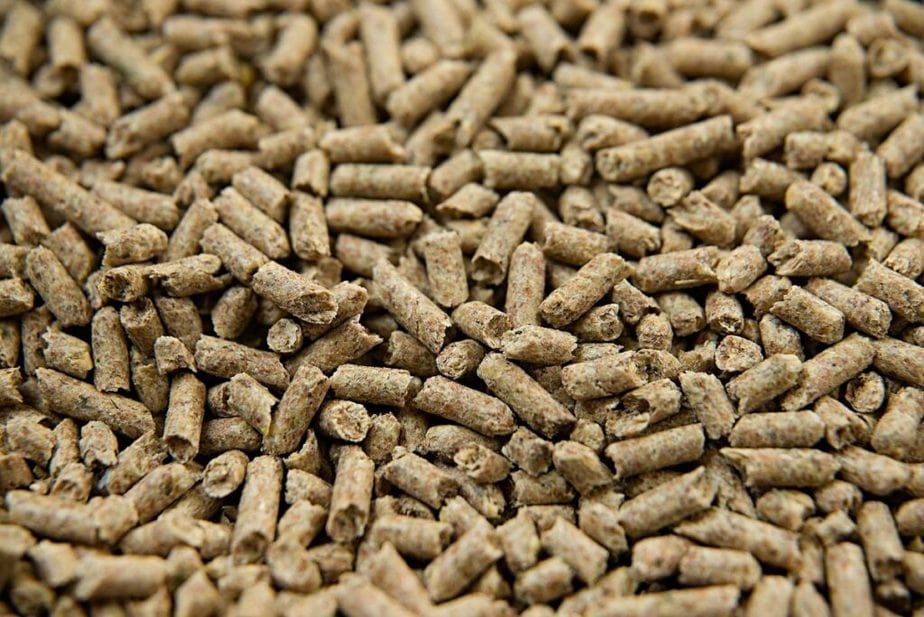
Molasses is another natural pellet binder. Next, all of the ingredients are mixed together, and conditioned with heat and moisture (usually steam). The ideal mix of heat and moisture is crucial for proper cooking, and for pellet quality. If there is too much, or not enough, moisture, the pellet may just fall apart. You could say that pellet making is truly both an art and a science! Once the ingredients are mixed and conditioned, they are pushed through a die which forms the pellet at the pre-determined size and shape. The pellets are then cooled, bagged, and ready to be sent to the dealer and customer. Some examples of our most popular pelleted feeds include SAFE ‘N EASY™ Performance, Supreme 14, and BUCKEYE™ Nutrition’s flagship ration balancer, GRO ‘N WIN™.
The main benefits of feeding pellets include consistency from bite to bite, uniformity of ingredients? and palatability. Each bite is the same, and the horse can’t sort out any ingredients he doesn’t like. Pellets are easy to soak, which is useful for horses with poor dentition or for mixing in supplements. The main drawbacks are that horses will tend to consume pellets more quickly than other feed forms, and it can be hard to mix with powdery supplements.
Textured/Sweet
Textured feeds, also sometimes known as sweet feeds, may come in a few different forms. There could be a mix of pellets, grains, extruded nuggets, or even some forage types. It depends on the purpose of the feed and the manufacturer’s design. In a typical textured or sweet feed, you will see some kind of grain (for example oats or corn), you may see a fiber source, like chopped hay or beet pulp shreds, and sometimes other pellets or extruded nuggets. Molasses, a feature added to create sweet feeds, gives a sweet taste for palatability and a slightly sticky texture. Oil can also be a component of textured or sweet feeds as an added source of fat. All of these ingredients are mixed together to ensure even distribution, then bagged off for distribution and sale. Fan-favorite textured feeds at BUCKEYE™ Nutrition include the EQ8™ Gut Health products, TRIFECTA™ and CADENCE™ Ultra.
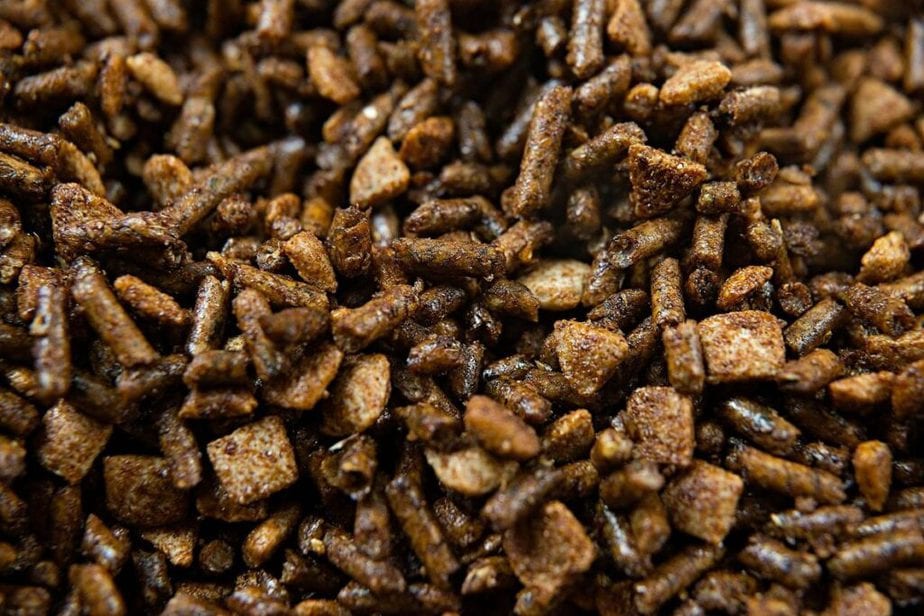
The main benefits of textured feeds include palatability (especially with sweet feeds) and ease of mixing with supplements or hiding medications. Textured feeds tent to satisfy even the pickiest eater! The main drawback is that horses can sort out the individual components, and each bite may not be completely consistent. If the horse finishes the entire meal, this isn’t much of an issue, but if he’s leaving pieces behind, it may be worth examining a different option. Textured/sweet feeds may not be suitable for horses that need to limit carbohydrates in the diet, so check with the manufacturer for content if this is a concern.
Extruded
If you have a pressure cooker in your kitchen, you have an extruder! The concept is very similar—cooking ingredients for a short period of time under high temperature and pressure, helping to preserve nutrients and open protein and carbohydrate molecules for more digestibility. Extrusion is also great for reducing potentially harmful bacteria. The result is a particle that is less dense than a pellet, and that horses tend to consume slower than other feed forms. The extrusion process “pre-digests” nutrients like carbohydrates and protein, beginning the process of breaking down the structures so that once the horse consumes them, they can be readily absorbed.
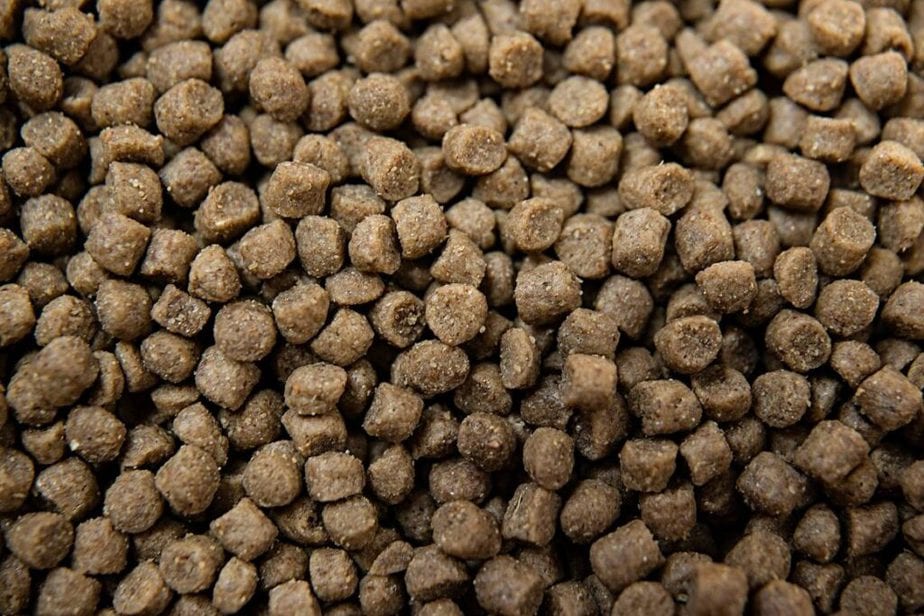
Because extruded products are less dense than pellets or textured feeds, they are also lighter. So, the same volume of a completely extruded product (i.e. a scoop) usually weighs less than that same volume of pellets or textured feed. Hence the reminder to weigh the feed being offered to the horse to ensure proper intake. BUCKEYE™ Nutrition’s top-notch extruded feeds include SAFE ‘N EASY™ Senior (not just for seniors, either!) and our supplements ULTIMATE FINISH™ 25 and ULTIMATE RECOVERY™. Even our treats are extruded! You’ll also find extruded nuggets mixed into our textured feeds like the EQ8 Gut Health line as well as RACE ‘N WIN™.
As mentioned, feeding an extruded feed has several benefits that include being easier to chew (even with poor teeth) and better digestibility of nutrients. Like pellets, each bite of an extruded nugget is also very consistent, and the horse can’t sort out the ingredients. The main drawback is that it sometimes takes horses a few days to get used to the texture. Even though it may take your horse longer to finish his breakfast, a slower feed consumption rate is never a bad thing, just make sure your horse is eating the product.
Summary
Choosing the right feed form for your horse will depend on your horse’s nutritional needs and eating habits. With so many options, there is a feed form that will work for every horse, whether it be pelleted, textured, sweet, or extruded. Always begin with forage, then, if more calories are needed, consider which feed form is right for your horse. If you feel overwhelmed, reach out to a member of the BUCKEYE™ Nutrition team via our social media pages on Facebook or Instagram, or go to buckeyenutrition.com and use the “Contact Us” form to reach us directly. You can always give us a call at 1-800-417-6460. We’re happy to help!
Dr. Nettie Liburt is the Senior Equine Nutrition Manager at Mars Horsecare US/BUCKEYE™ Nutrition where she helps develop new products, trains associates in equine nutrition, and works with the company’s UK-based team at the WALTHAM® Centre for Pet Nutrition on developing and implementing research protocols. She holds Master’s and PhD degrees in Animal Science (Equine Nutrition & Exercise Physiology) from Rutgers University. Dr. Liburt is a member of the Equine Science Society, is a registered Professional Animal Scientist (PAS), and has an Appendix gelding named “ET” that she occasionally competes in the hunter and equitation divisions.



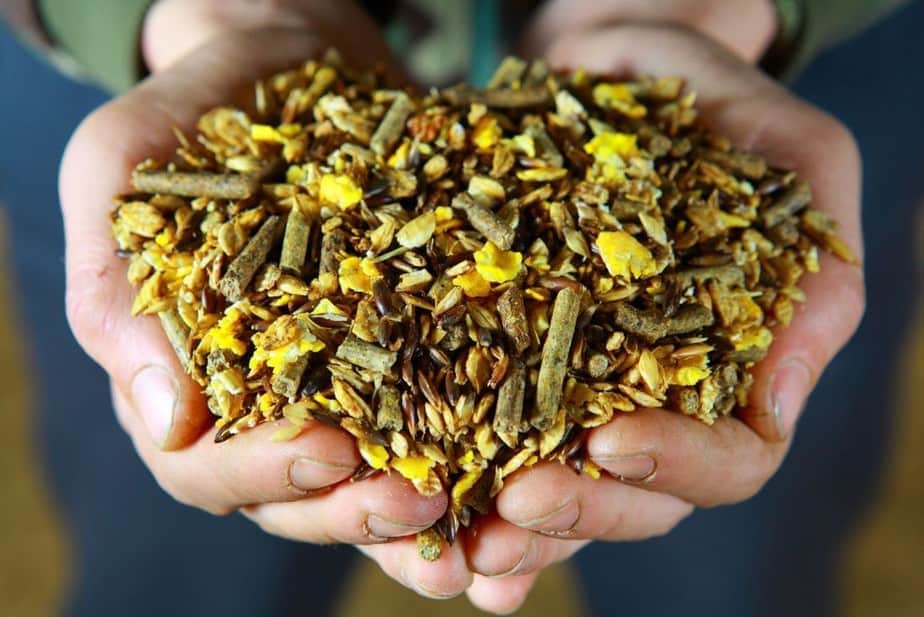

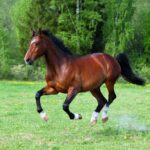
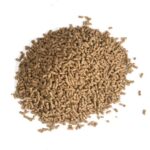
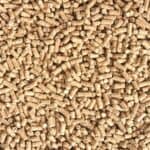

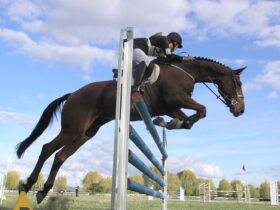
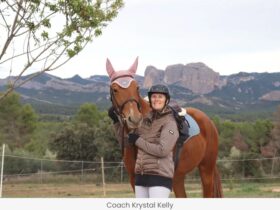
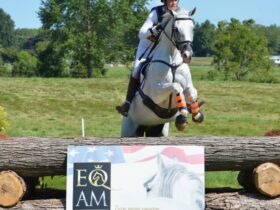
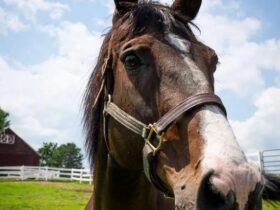



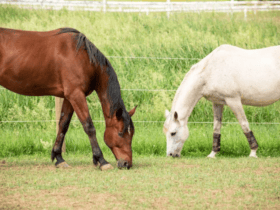
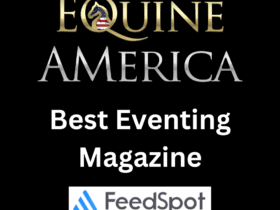
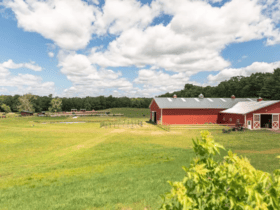


SOCIAL